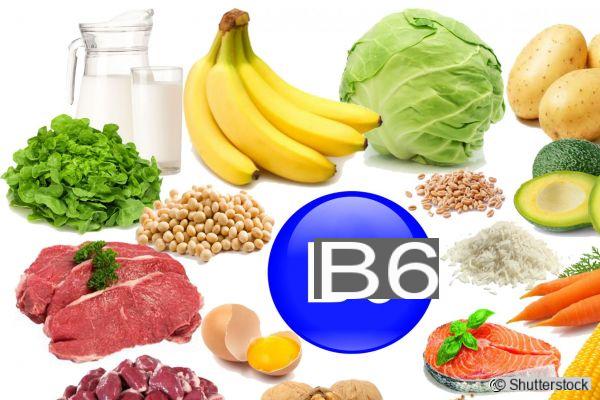
What are the B vitamins?
B vitamins are vitamin B1, B2, B3, B4, B5, B6, B7, B8 or H, B9 or folic acid, B10, B12 or bicolamine, Inositol. As we can see, there are many but they generally work in synergy and are almost all included in the same foods or herbal preparations.
They are vitamins water-soluble, which give energy to the body by converting carbohydrates into glucose, help the metabolism of fats and proteins, help the skin, eyes and intestines, help maintain muscle tone.
What symptoms tell us that they are missing?
Symptoms that signal a decrease in B vitamins are fatigue, hair loss, nervous system disorders, insomnia, muscle acupressure pain, mental confusion, loss of appetite, visual disturbances, photophobia, discomfort in sunlight, mouth ulcers, brittle nails, furunculosis, dermatitis, leukopenia.
Primary is the use of this group of vitamins along with probiotics after the use of antibiotics or interventions to restore the intestinal ecosystem.
In which foods can we find them?
We can find them in offal, liver, egg yolk, walnut, almond, hazelnut, walnuts, beef liver, tongue, milk, yogurt, broccoli, spinach, cabbage, green leafy vegetables, fresh peas, beans, chickpeas, lentils , soy, shelled sunflower seeds, whole grains.
Find out which foods are rich in vitamin B1
What are the ready-made preparations?
We can also recover these vitamins from some natural preparations such as Royal jelly, pollen, propolis, wheat germ and brewer's yeast.
For those suffering from candida it is preferable, even if not ascertained, to avoid the brewer's yeast which could cause worsening, but also for sufferers yeast intolerance in general, while for the other preparations there are no contraindications.


























